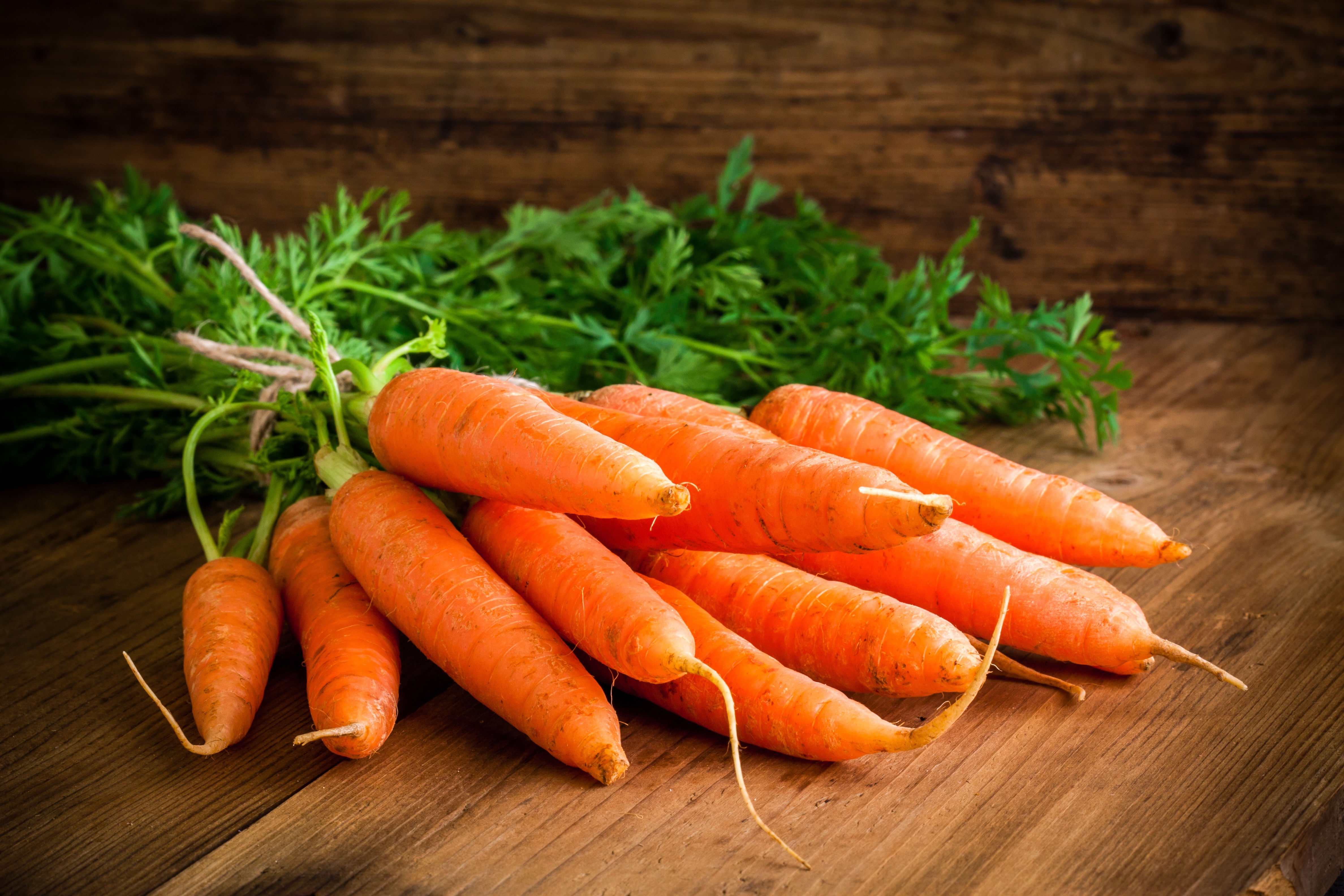
Root vegetable fibres can be used to strengthen the concrete mixtures used in building construction, researchers claim.
A team of engineers at Lancaster University and their industrial partner CelluComp are testing the addition of ‘nano platelets’ extracted from the fibres of root vegetables (such as sugar beet or carrots) to concrete.
By increasing the performance of concrete, the researchers claim that smaller quantities will be needed in construction and buildings can be made more environmentally friendly.
Scottish-based sustainable materials company CelluComp is already using root vegetable fibres to manufacture more durable paints.
Lancaster University says early tests have shown concrete mixtures that include root vegetable nano platelets significantly improve the mechanical properties of concrete.
It adds that these vegetable-composite concretes were found to out-perform all commercially available cement additives, such as graphene and carbon nanotubes and at a much lower cost.
The researchers say the root vegetable nano platelets help to increase the amount of calcium silicate hydrate – the main substance that controls the performance of concrete – and stop any cracks that appear in the concrete.
The construction industry is urgently seeking ways in which to curb its carbon emissions. The production of ordinary Portland cement, one of the main ingredients for concrete, is very carbon intensive – its production accounts for 8% of total global CO2 emissions. This is forecast to double in the next 30 years due to rising demand.
The researchers' proof-of-concept studies found that adding the root vegetable nano platelets resulted in a saving of 40kg of ordinary Portland cement per cubic metre of concrete, which gives a saving of 40kg of CO2 for the same volume. This is because the greater strength of the root vegetable mixture means smaller sections of concrete are required in buildings.
Professor Mohamed Saafi from Lancaster University’s Engineering Department and lead researcher on the project, believes root vegetable concrete vegetables could go a long way to reducing construction carbon emissions.
He said: “These novel cement nanocomposites are made by combining ordinary Portland cement with nano platelets extracted from waste root vegetables taken from the food industry.
“The composites are not only superior to current cement products in terms of mechanical and microstructure properties, but also use smaller amounts of cement. This significantly reduces both the energy consumption and CO2 emissions associated with cement manufacturing.”
The vegetable-based cementitious composites were also found to have a denser microstructure, which the researchers says is important to prevent corrosion and increasing the lifespan of the materials.
The research project is also looking at adding very thin sheets made from vegetable nano platelets to existing concrete structures to reinforce their strength. The researchers believe that the vegetable nanofibre-based sheets will out-perform existing alternatives, such as carbon fibre. This is partly because concrete beams reinforced with the sheets will be able to bend more, which would help deflect potentially damaging forces.
The two-year research project will investigate the science behind the results of the proof-of-concept studies to gain a fuller understanding of how the vegetable nano platelet fibres enhance the concrete mix. The researchers will also seek to optimise the concrete performance to help produce a mixture that can be used in the construction industry.
Dr Eric Whale from CelluComp said: “We are excited to be continuing our collaboration with Professor Saafi and developing new applications for our materials, where we can bring environmental and performance benefits.”
The research is being supported with £195,000 from the EU Horizon 2020 fund.





